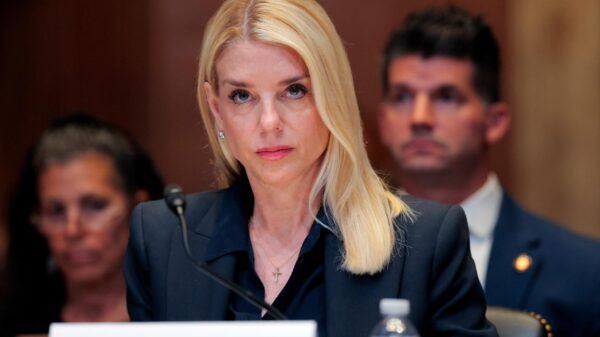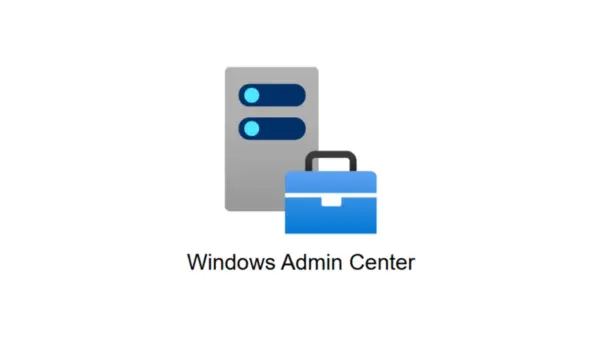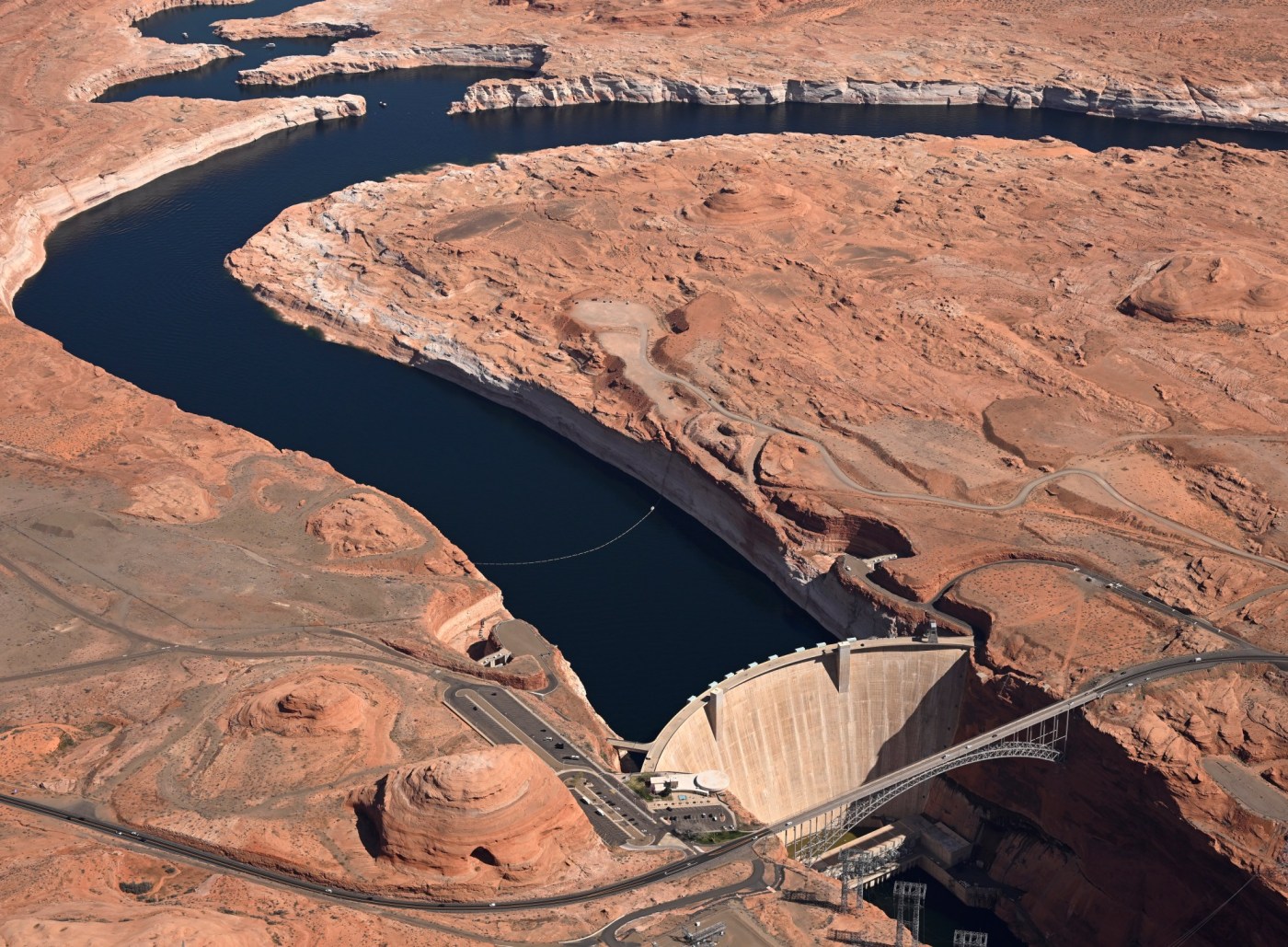The prospects for reaching a consensus on the future management of the Colorado River are diminishing as the November deadline approaches for negotiations among the seven states that depend on its water. According to Tom Buschatzke, Arizona’s lead negotiator, the situation is becoming increasingly precarious. “The path to success seems tenuous at this point,” he stated during an interview with The Denver Post.
For over a year, Colorado and six other states in the Colorado River basin have been unable to agree on how to allocate the river’s diminishing resources, critical for approximately 40 million residents. The current management plan is set to expire at the end of 2026, and little progress has been made on how to implement necessary cuts due to prolonged drought and climate change impacting the river.
The deadline for the states to inform the federal government of any agreement is November 11, with a detailed plan due by February 14, 2024. Should the states fail to reach a consensus, the U.S. Bureau of Reclamation will impose its own management strategy, potentially leading to extensive litigation that could introduce further complexities into water management.
Buschatzke’s remarks shed light on the ongoing tensions among the states. Colorado’s negotiator, Becky Mitchell, emphasized the urgency of the negotiations, asserting that all states must work within the limits of what the river can provide. “We’re grappling with complex, difficult trade-offs — but we’re all at the table,” she noted.
The Colorado River is essential for various aspects of life in the southwestern United States. It irrigates over 5 million acres of farmland and supports the economies of cities like Denver, which relies on the river for half of its water supply, and Las Vegas, which depends on it for approximately 90% of its water needs.
Disparities Between Upper and Lower Basins
The Colorado River basin is divided into an Upper Basin, consisting of Colorado, Wyoming, New Mexico, and Utah, and a Lower Basin that includes California, Arizona, and Nevada. The Upper Basin states rely heavily on seasonal snowpack and precipitation, while the Lower Basin states benefit from more consistent water supplies due to the major reservoirs of Lake Powell and Lake Mead.
Negotiators from the Lower Basin have been pressing for mandatory reductions in water usage, particularly during drought years. Buschatzke reported that Arizona has already implemented significant cuts, reducing its water usage by 900,000 acre-feet in 2024 and 800,000 acre-feet in 2025, as mandated by the 2019 Drought Contingency Plan.
In contrast, Upper Basin states argue that they have already made substantial sacrifices, as they consistently operate below their legal water allotments. Mitchell pointed out that Colorado users face annual cuts of around 600,000 acre-feet due to water shortages, with no compensation for these reductions.
Future Negotiations and Urgency
One proposal under consideration involves adjusting the water releases from Lake Powell and Lake Mead based on actual river flow rather than the traditional method reliant on reservoir levels. While this concept generated some initial optimism, recent discussions have revealed significant disagreements over the allocation percentages.
Buschatzke indicated that the divide between the two basins on this issue is substantial. “The gap between what we think should be the number and what the Upper Basin thinks the number should be is about as wide as the Grand Canyon,” he remarked, although he did not disclose specific figures for each basin’s proposed allocations.
As negotiations continue, the reality of dwindling reservoir levels looms large. As of early October, Lake Mead and Lake Powell were reported to be less than a third full. Projections from the Bureau of Reclamation suggest that if current drought conditions persist, levels could drop critically low by November 2026.
With time running out, the urgency for the seven states to forge a consensus has never been more pressing. “We cannot afford to delay,” stated Scott Cameron, the acting assistant secretary for water and science at the U.S. Department of the Interior. The coming weeks will be pivotal in determining not only the future of the Colorado River but also the water security of millions who rely on its waters.





































































